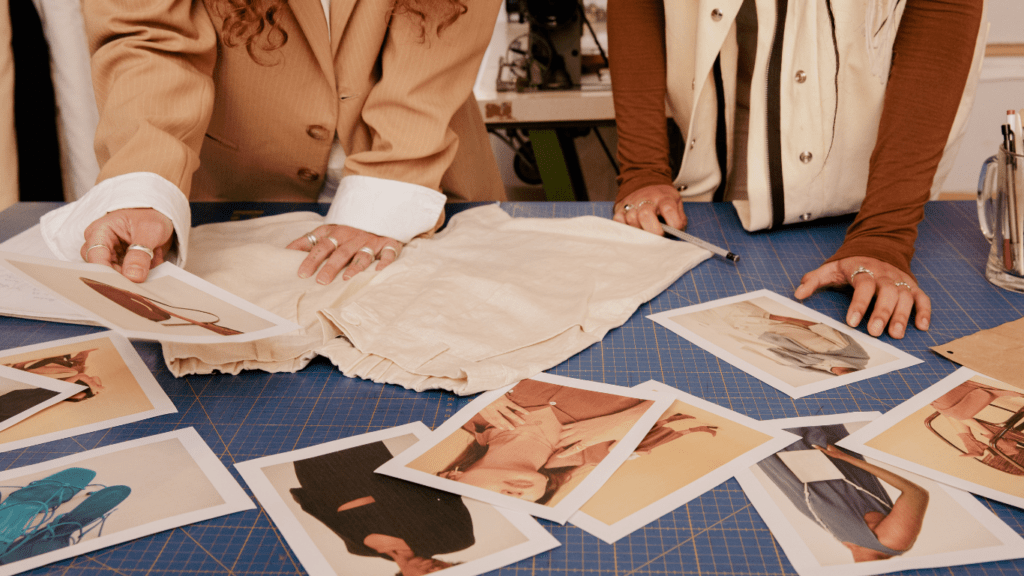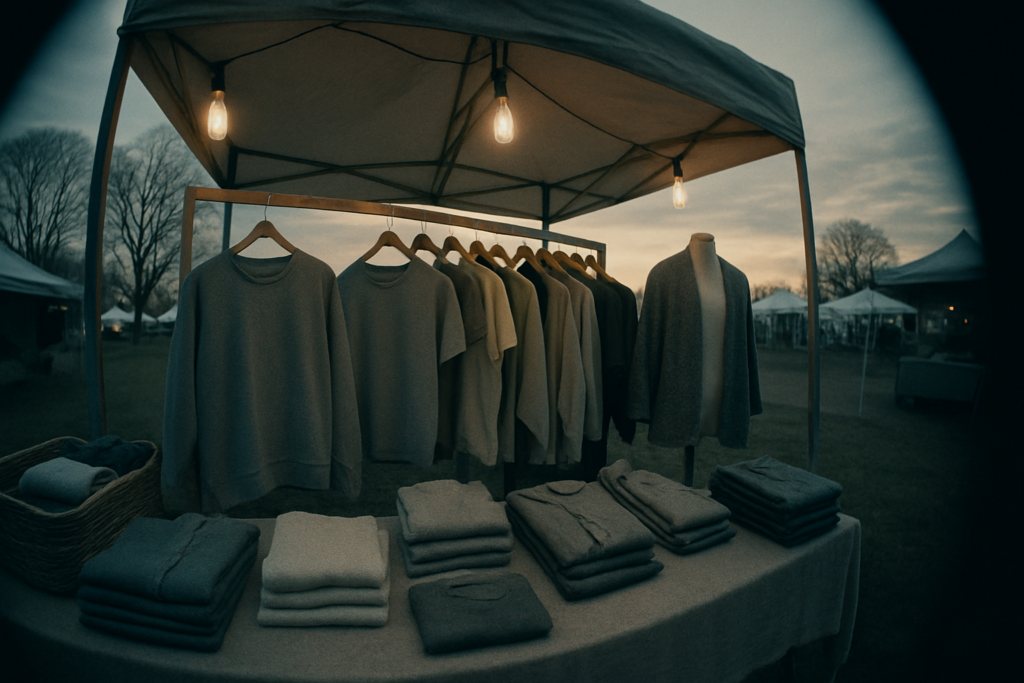Understanding Ethical Fashion
Ethical fashion is challenging conventional fashion norms by prioritizing ecological sustainability and social responsibility.
What Is Ethical Fashion?
Ethical fashion encompasses practices focusing on responsible production methods, fair labor, and environmental sustainability. Brands commit to fair wages, safe working conditions, and minimal environmental impact.
Examples include:
- using organic materials
- reducing waste
- avoiding harmful chemicals
Companies like Patagonia and Everlane lead this movement by advocating transparency and sustainability.
Why Is Ethical Fashion Gaining Popularity?
Ethical fashion’s popularity increases as consumers become more aware of environmental and social issues. Reports indicate that 65% of consumers seek eco-friendly products.
Increased media coverage and social media influence also highlight unethical practices in the fashion industry, driving demand for better alternatives.
This shift sees more brands adopting sustainable practices, offering consumers attractive, ethical clothing options.
Impact on the Fashion Industry

Ethical fashion influences numerous aspects of the fashion industry. The shift towards sustainability reshapes how companies operate and how consumers buy.
Changes in Manufacturing Processes
Sustainable materials and methods transform traditional manufacturing. Textile recycling, organic fibers, and reduced water usage now define production.
For instance, recycling polyester from plastic bottles reduces waste. Organic cotton uses less water and avoids harmful pesticides. Advanced technologies, like mechanical looms for weaving, minimize resource consumption.
The Role of Major Fashion Brands
- Leading brands embrace ethical practices and set industry standards.
- Patagonia uses recycled materials and provides transparency reports.
- Everlane practices radical transparency, revealing production costs and sourcing.
These actions pave the way for smaller brands to adopt similar practices. Their commitment drives a market shift towards more responsible fashion consumption.
Benefits for Consumers
Ethical fashion offers numerous advantages for consumers, influencing daily clothing choices and overall lifestyle.
Quality and Sustainability
High-quality materials ensure durability, making ethical fashion items last longer. Sustainable fabrics like organic cotton reduce environmental footprint. Unlike fast fashion, these items withstand wear and tear.
Major brands prioritize eco-friendly dyes, reducing toxic chemical use. Sustainable practices also promote safe working conditions in production facilities.
Transparent Pricing Models
Ethical brands adopt transparent pricing models. For example, Everlane discloses costs involved in manufacturing each product.
This transparency allows consumers to understand where their money goes, building trust and informed decision-making. Transparency also ensures fair wages for workers, contributing to ethical labor practices.
Ethical fashion provides quality, sustainability, and pricing transparency, enhancing consumer experiences.
Challenges Facing Ethical Fashion
Ethical fashion addresses environmental and social impacts. However, it’s not without challenges.
Cost Implications
Ethical fashion items often cost more than conventional ones. This price difference stems from using sustainable materials, fair wages, and ethical production practices.
Consumers sometimes hesitate to pay higher prices, making it difficult for ethical brands to compete with fast fashion. For example, organic cotton costs more than conventional cotton because it involves more labor-intensive farming methods and reduced pesticide use.
Scalability Issues
Scaling ethical fashion poses significant challenges. Sustainable materials, like recycled polyester, are limited in supply and sometimes require more resources to produce.
Additionally, maintaining fair labor practices and transparent supply chains becomes complex as brands grow.
For instance, small-scale artisans may not be able to meet large-scale production demands, limiting the brand’s ability to expand widely while maintaining its ethical standards.
How to Participate in Ethical Fashion
Taking part in ethical fashion empowers you to make a positive impact. It involves conscious decisions in your shopping habits and lifestyle.
Choosing Ethical Brands
Selecting brands committed to ethical practices is essential. Look for companies with transparent supply chains detailing their sourcing and labor practices.
Brands like Patagonia and Everlane lead the way by providing information about their factories and labor conditions. Certifications such as Fair Trade, GOTS for organic textiles, and B Corp status can also serve as reliable indicators of a brand’s commitment to ethical fashion.
Supporting Sustainable Practices
Engaging in sustainable fashion includes more than buying from ethical brands. Choose garments made from sustainable materials, like organic cotton, Tencel, or recycled polyester.
Avoid fast fashion by investing in high-quality, timeless pieces that last longer. Support brands using eco-friendly packaging and reduced resource consumption methods. Repair, recycle, or upcycle clothing to extend its life rather than contributing to waste.


 is a committed writer and environmental advocate at Eco Elegance Technique, specializing in sustainable practices, health, and wellness. With a background in environmental studies, Peter focuses on providing readers with practical advice on integrating eco-friendly habits into their daily routines. His work aims to inspire a deeper connection between personal well-being and environmental responsibility, making sustainability accessible and actionable for everyone.
is a committed writer and environmental advocate at Eco Elegance Technique, specializing in sustainable practices, health, and wellness. With a background in environmental studies, Peter focuses on providing readers with practical advice on integrating eco-friendly habits into their daily routines. His work aims to inspire a deeper connection between personal well-being and environmental responsibility, making sustainability accessible and actionable for everyone.
